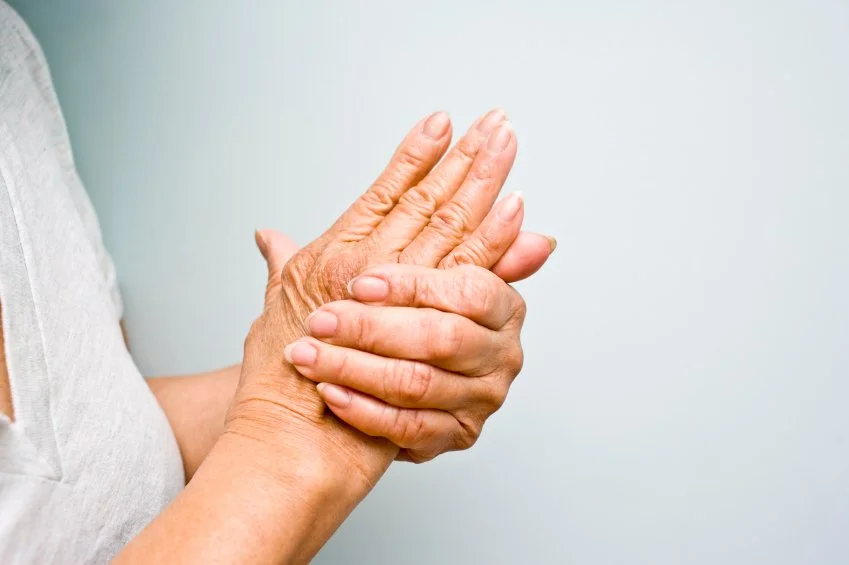Carpal Tunnel Syndrome (CTS):causes,symptoms and treatment
Carpal Tunnel Syndrome (CTS) is a common condition caused by compression of the median nerve as it passes through the carpal tunnel, a narrow passageway in the wrist formed by bones and ligaments. This compression can lead to pain, numbness, and weakness in the hand and wrist. Several factors contribute to the development of CTS, and new research has expanded our understanding of its causes, risk factors, and treatment options.
Symptoms of Carpal Tunnel Syndrome:
- Pain or aching in the hand, wrist, or forearm.
- Numbness or tingling, particularly in the thumb, index, middle, and ring fingers.
- Weakness in the hand, leading to difficulty gripping objects or performing fine motor tasks.
- Symptoms often worsen at night, sometimes disrupting sleep.
Causes and Risk Factors:
CTS is associated with repetitive motions that strain the wrist, such as typing or manual labor, but several other factors also play a role. These include:
- Repetitive motions that involve prolonged or forceful hand and wrist movements.
- Underlying health conditions, such as diabetes, hypothyroidism, or obesity, which increase inflammation.
- Pregnancy and hormonal changes: Fluctuations in hormones, particularly estrogen and progesterone, increase susceptibility to CTS. These hormones can cause fluid retention and tissue swelling, exacerbating nerve compression. This explains the higher prevalence of CTS in females during pregnancy or menopause.
- Arthritis: Rheumatoid arthritis (RA), in particular, can cause inflammation and swelling in the wrist, increasing the likelihood of median nerve compression. Osteoarthritis, although typically involving joint degradation, can also lead to structural changes in the wrist, potentially contributing to CTS.
CTS and Arthritis: Similarities and Differences
Similarities:
- Both CTS and arthritis can cause pain, stiffness, and swelling in the wrist and hand.
- Both conditions can be exacerbated by inflammation, whether from overuse, autoimmune responses, or structural damage.
- Nerve involvement is common in both, as inflammation from arthritis or compression in CTS can lead to nerve pain and dysfunction.
Differences:
- Carpal Tunnel Syndrome involves compression of the median nerve, resulting in numbness, tingling, and weakness in specific areas of the hand.
- Rheumatoid Arthritis (RA) is an autoimmune disorder that leads to systemic joint inflammation, affecting multiple joints, including the wrists, with symptoms like joint swelling and deformities.
- Osteoarthritis (OA) is characterized by the breakdown of cartilage in the joints, leading to pain and stiffness, but not directly causing nerve compression like in CTS.
Role of Vitamin D Deficiency in CTS:
Recent research has revealed a connection between vitamin D deficiency and more severe cases of CTS. Vitamin D is essential for reducing inflammation, and low levels can contribute to heightened nerve pain and tissue swelling. Studies suggest that supplementation may help manage inflammation and improve symptoms, though further research is needed to confirm the long-term benefits of this therapy.
Diagnosis:
CTS is diagnosed through physical exams and tests such as:
- Tinel’s sign: Tapping the median nerve to elicit tingling.
- Phalen’s test: Flexing the wrist for 60 seconds to provoke symptoms.
- Ultrasound-guided diagnosis: The use of high-resolution ultrasound is becoming more common for diagnosing CTS. This method allows clear visualization of the median nerve and surrounding tissues, enabling more precise and individualized treatments, such as corticosteroid injections.
Treatment Options:
-
Non-surgical treatments:
- Rest and modification of activities that trigger symptoms.
- Wrist splints, especially worn at night, to keep the wrist in a neutral position.
- Non-steroidal anti-inflammatory drugs (NSAIDs) to reduce inflammation.
- Chiropractic care: Adjustments to relieve pressure on the median nerve.
- Physical therapy: Includes stretching and strengthening exercises for the wrist.
- Nerve Gliding Exercises: These exercises help the median nerve move more freely within the carpal tunnel, reducing pressure and improving symptoms. Studies show that regular practice of nerve gliding exercises can improve hand function and reduce pain.
-
Steroid injections:
- Corticosteroid injections can reduce inflammation and relieve symptoms. The use of ultrasound-guided injections ensures more accurate delivery of the treatment, targeting the affected area with greater precision.
-
Surgical options:
- Carpal tunnel release surgery may be necessary in severe cases.
- Endoscopic carpal tunnel release offers faster recovery and less post-operative pain compared to traditional open surgery, but both approaches are effective long-term.
- New surgical methods are being developed to minimize scarring and reduce recovery time, making surgery more efficient and less invasive.
Wearable Technology for CTS:
Recent advancements in wearable technology allow continuous monitoring of wrist movements and pressure. This technology helps identify patterns of repetitive strain that contribute to CTS. The data collected can be used to make personalized ergonomic recommendations, helping to prevent further nerve damage and manage early symptoms.
CTS and the Gut-Inflammation Connection:
Emerging research is exploring how gut health and inflammation are connected to CTS. Imbalances in gut microbiota may contribute to systemic inflammation, potentially exacerbating conditions like CTS. While further research is required, improving gut health through diet or probiotics may eventually become part of a holistic approach to managing inflammatory musculoskeletal conditions, including CTS.
Prevention:
- Ergonomic adjustments to workstations, especially for those who use keyboards or perform repetitive manual tasks.
- Frequent breaks to stretch and rest the wrists during repetitive activities.
- Maintaining overall health through proper diet and exercise to reduce inflammation and manage underlying conditions such as obesity or diabetes.
Conclusion:
Carpal Tunnel Syndrome is a complex condition influenced by various factors, including repetitive motions, underlying health conditions, hormonal changes, and inflammation. Chiropractic care, non-invasive therapies like nerve gliding exercises, and newer diagnostic techniques such as ultrasound-guided treatments offer effective ways to manage symptoms. Understanding emerging research, such as the role of vitamin D deficiency, gut health, and wearable technology, further broadens the potential for personalized care and prevention strategies. By staying informed on these developments, individuals with CTS can explore a range of options for relief and recovery.

